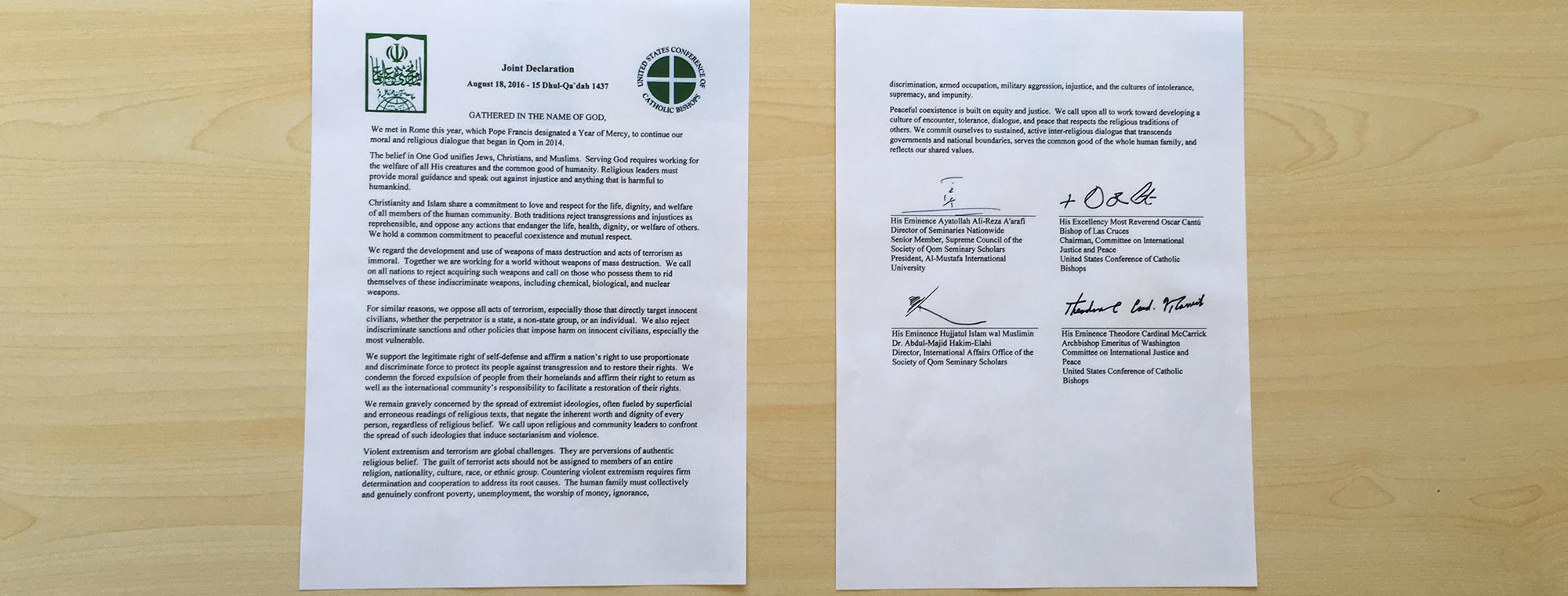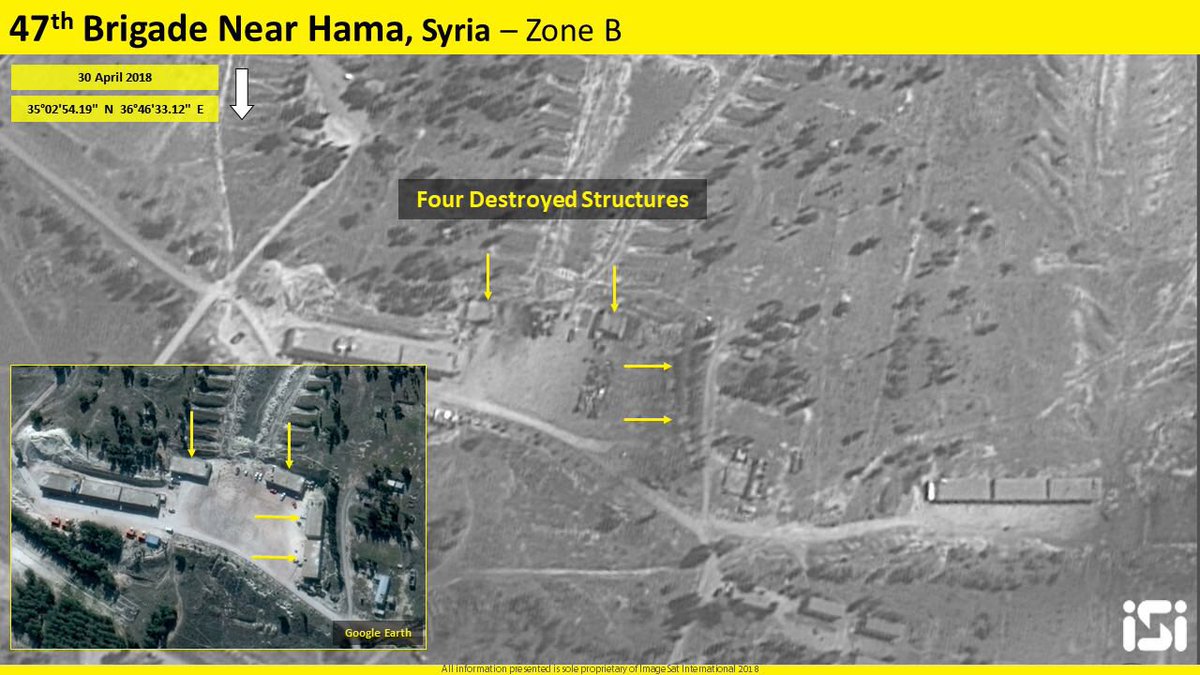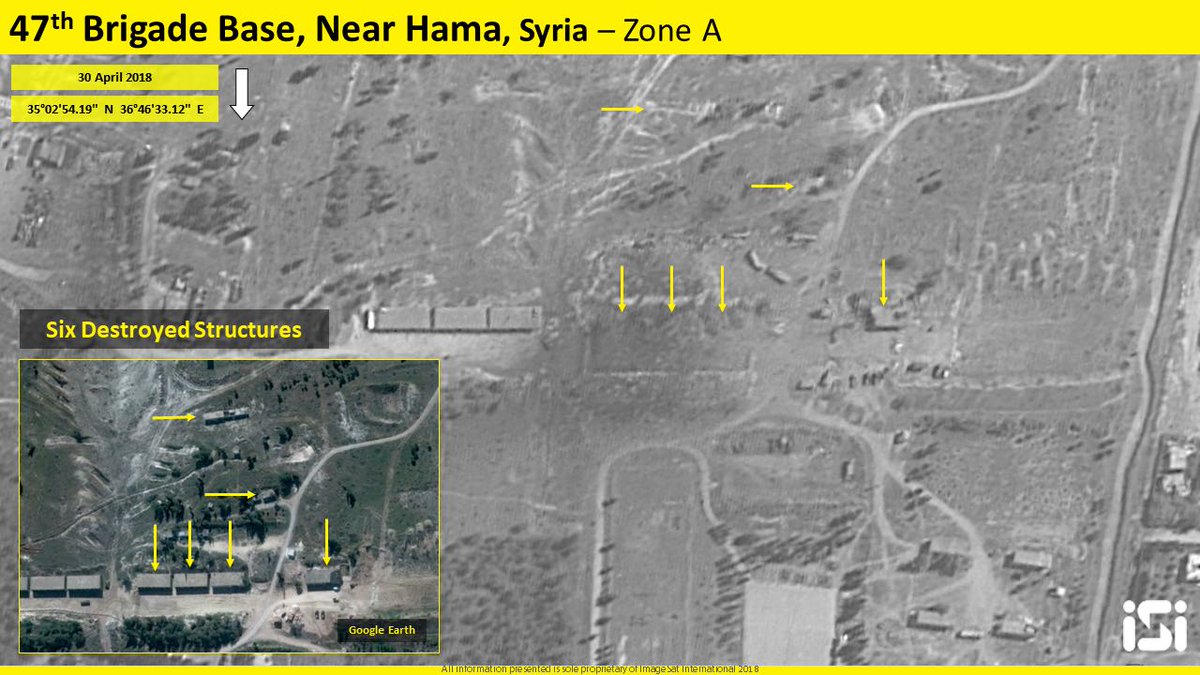DIPLOMACY WORKS is John Kerry’s operation. In February he spoke at the Munich Security Conference. While declaring he is a great friend of Israel and that Iran does present threats, Kerry declares we did not concede anything with regard to the missile components inside the agreement known as the Joint Comprehensive Plan of Action.
Who are some of the ‘experts’ that collaborate on policy at Diplomacy Works?
Ernest Moniz, Siegfried Hecker, Federica Mogherini, Richard Lugar, and even Theresa May. We can add in Ephrai Halevy, Colin Powell and Mike Breen. On the ADVISORY COUNCIL at Diplomacy Works beyond John Kerry is Antony Blinken, Wendy Sherman, Nicholas Burns, Michele Flournoy, Puneet Talwar, Colin Kahl, Robert Malley, David Wade, Jon Finer, Jen Psaki and Jeff Prescott.
John Kerry and his team are working the channels hard to preserve the Iran nuclear deal and that includes having the UN Secretary General Antonio Guterres on his side.
It is curious there is no mention of Global Zero or Ploughshares on the Diplomacy Works website, nor is Ben Rhodes or others from the Obama administration mentioned such as Susan Rice or John Brennan.

So, what about John’s travels? Given what the Boston Globe provided, it appears John is a commissioned paid sales representative to Iran….
WASHINGTON — John Kerry’s bid to save one of his most significant accomplishments as secretary of state took him to New York on a Sunday afternoon two weeks ago, where, more than a year after he left office, he engaged in some unusual shadow diplomacy with a top-ranking Iranian official.
He sat down at the United Nations with Foreign Minister Javad Zarif to discuss ways of preserving the pact limiting Iran’s nuclear weapons program. It was the second time in about two months that the two had met to strategize over salvaging a deal they spent years negotiating during the Obama administration, according to a person briefed on the meetings.
With the Iran deal facing its gravest threat since it was signed in 2015, Kerry has been on an aggressive yet stealthy mission to preserve it, using his deep lists of contacts gleaned during his time as the top US diplomat to try to apply pressure on the Trump administration from the outside. President Trump, who has consistently criticized the pact and campaigned in 2016 on scuttling it, faces a May 12 deadline to decide whether to continue abiding by its terms.
Kerry also met last month with German President Frank-Walter Steinmeier, and he’s been on the phone with top European Union official Federica Mogherini, according to the source, who spoke on the condition of anonymity to reveal the private meetings. Kerry has also met with French President Emmanuel Macron in both Paris and New York, conversing over the details of sanctions and regional nuclear threats in both French and English.
The rare moves by a former secretary of state highlight the stakes for Kerry personally, as well as for other Obama-era diplomats who are dismayed by what they see as Trump’s disruptive approach to diplomacy, and who view the Iran nuclear deal as a factor for stability in the Middle East and for global nuclear nonproliferation. The pact, which came after a marathon negotiating session in Vienna that involved Iran and six world powers, lifted sanctions in return for Iran stopping its pursuit of nuclear weapons.
“It is unusual for a former secretary of state to engage in foreign policy like this, as an actual diplomat and quasi-negotiator,” said Michael O’Hanlon, a foreign policy expert at the Brookings Institution. “Of course, former secretaries of state often remain quite engaged with foreign leaders, as they should, but it’s rarely so issue-specific, especially when they have just left office.”
Kerry declined to be interviewed for this story. The quiet lobbying campaign — by him and others — is being conducted below the radar because he and his allies believe a high-profile defense of the deal by prominent Democrats would only backfire and provoke Trump, making it more likely the president would pull the United States out of the deal.
“Part of the equation is if Ernie [Ernest Moniz, the former US energy secretary] or John made a bold statement, [Trump] is . . . crazy, and he might do the opposite just to spite them,” said one source who has worked with Kerry. “You’re liable to spur this guy in a direction you don’t want him to go in, just to be spiteful.”
Moniz was a key part of the negotiating team, meeting with his Iranian counterpart as they determined some of the technical scientific details.
A former Obama White House official said there is little to be gained by aiming the effort directly at Trump.
“At least from our network, you’re not going to find messages aimed at him directly,” said the official. “It would be counterproductive. Anything with our brand attached to it, he’ll run in the opposite direction.”
Democratic lawmakers in Congress also have been relatively quiet, and not all share Kerry’s belief that the deal is essential for preventing a nuclear arms race in the volatile region. Kerry has quietly tried to bolster support in Congress. In recent weeks he’s placed dozens of phone calls and, often with Moniz by his side, has lobbied members of Congress, including House Speaker Paul Ryan. While he is not negotiating as he did as secretary of state, he is attempting through quiet advocacy to preserve what he accomplished.
Kerry supporters see in this campaign some of his trademark traits, especially his unflagging energy even in the face of potential failure. Critics see something else, a former office holder working with foreign officials to potentially undermine the policy aims of a current administration.
The White House did not respond to a request for comment.
Under terms of the deal, the United States is supposed to waive sanctions, which come up for review every three or four months, as long as Iran remains in compliance. Trump is threatening to reimpose sanctions on Iran when the next deadline comes on May 12, which would essentially mean the United States is pulling out of the deal. Trump has ridiculed Kerry for a deal that he says is not harsh enough on Iran, saying that inspectors should have broader access, portions of the deal should never expire, and that Iran’s ballistic missile program should also be curtailed.
Israel Prime Minister Benjamin Netanyahu provided further ammunition for critics of the deal, unveiling documents that showed Iranian efforts to build its nuclear program before the 2015 deal was reached.
Kerry and others said the documents were nothing new, and illustrated the need for an inspections regime to make sure Iran is complying with the current agreement.
“Every detail PM Netanyahu presented yesterday was every reason the world came together to apply years of sanctions and negotiate the Iran nuclear agreement — because the threat was real and had to be stopped,” Kerry wrote on Twitter Tuesday. “It’s working!”
Kerry is coordinating his push with a group of officials who were his top advisers at the State Department, and who helped craft and negotiate the Iran deal in the first place. The group, called Diplomacy Works, has an advisory council that includes lead Iran-deal negotiator Wendy Sherman, former State Department chief of staff Jon Finer, and former spokeswoman Jen Psaki.
The group claims to be responsible for 100 news articles, 34 television and radio hits, and 37 opinion pieces on the Iran question. They do fact checks of criticisms of the agreement and blast them out to an e-mail list of nearly 4,000 policy makers and foreign policy experts.
But the group determined that the most influential voices would not be Democrats, and instead would focus on Europeans, Israelis, and nonpartisan experts to try and salvage the deal, according to a person involved in the effort. As a sign of the their success, Kerry has pointed to an April 25 letter signed by 26 former top-ranking Israeli military and security officials urging the United States to stay in the agreement.
“Our effort is self-aware,” said David Wade, a longtime Kerry adviser who was chief of staff at the State Department and is helping advise Diplomacy Works. “We are in uncharted waters. The bipartisan, traditional foreign policy community remains on the president’s enemies list from 2016. The president delights in dismissing anything accomplished under his predecessor, so we know traditional validators wouldn’t be compelling to him.”
“This isn’t President Obama’s agreement. It’s the world’s agreement,” he added. “Maybe Macron, Merkel, and Great Britain can persuade the administration, but if they can’t they’ll be even more essential to protecting the deal absent the United States. We know these voices are powerful. They have an audience with the president and our allies are popular at home.”
They are not ignoring the domestic audience.
Kerry and Moniz met in February with Ryan, who has been outspoken in his opposition to the Iran deal. Kerry also held a breakfast briefing last week with members of the House and Senate, which was designed to answer questions as well as underscore how, if Trump pulls out, Europe could hold the deal together.
Kerry’s activities could raise questions if they are perceived as a direct effort to counter current administration foreign policy.
The Trump administration got entangled with controversy when Michael Flynn, the incoming national security adviser, tried to undermine Obama policies in the administration’s last few weeks. His actions appeared to some legal experts to violate the Logan Act, an obscure 18th century law meant to crack down on private citizens acting on behalf of the United States during a dispute with foreign governments.
The Logan Act prohibits US citizens from having private correspondence with a foreign government “with intent to influence the measures or conduct of any foreign government . . . in relation to any disputes or controversies with the United States, or to defeat the measures of the United States.”
Stephen Vladeck, a law professor at the University of Texas, said the law is a red herring — since it’s never been used to prosecute anyone — and almost certainly would not apply to anything Kerry is doing.
“The act only applies to conduct that is designed to ‘defeat the measures of the United States’ or influence the conduct of foreign governments,” Vladeck said. “If all Kerry is doing is working to keep in place something that’s still technically a ‘measure of the United States,’ I don’t see how the statute would apply even if someone was crazy enough to try it.”
Most Democrats have remained fairly quiet about the Iran deal. Senate minority leader Chuck Schumer opposed the deal from the start, even though he’s not in favor of ripping it up now. Senator Robert Menendez, the top Democrat on the Senate Committee on Foreign Relations, has been consumed with his own troubles, having spent last year in a federal corruption trial that ended without a conviction. He was admonished last month by the Senate Ethics Committee for bringing “discredit upon the Senate.”
“No one has really led the charge. You could argue that’s what needs to be done by Obama, Kerry, Susan Rice, and the others who were involved,” said Daniel Kurtzer, who served as Bill Clinton’s ambassador to Egypt and George W. Bush’s ambassador to Israel. “But nobody knows how to deal with [Trump].”
The president doesn’t listen much to the voices of the foreign policy establishment. And they don’t really know how to reach him through conservative media.
“It’s a legitimate question to ask why is Obama not out front with the cognoscenti. But those aren’t the ones Trump cares about anyway,” Kurtzer said. “My guess is the phone has been ringing off the hook between European leaders and Obama. The Europeans are trying. They’re giving it their best shot.”
A spokeswoman for Obama declined to comment on whether the former president is doing anything to preserve the Iran deal.
Kurtzer said the most articulate public advocate for the pact right now is Moniz, although he said that the former energy secretary may not have the name recognition required to drive a national debate (Kurtzer himself initially could not correctly recall his name).
“He really knows his stuff,” he said. “He’s very calm . . . . The problem is, who knows who he is?”
Moniz declined several requests for an interview this week about his efforts.
Public support for the deal was initially low, with nearly 60 percent of those surveyed in August 2015 saying they were opposed, according to a survey from Morning Consult. Those numbers are now reversed, with 56 percent supporting it; the number opposed, 26 percent, is the lowest level since the group began polling on the Iran deal.
Democrats are strongly in favor, while Republicans are evenly split, according to the survey conducted from April 26 to May 1. Some on the left believe Trump has kept it alive for political reasons, to provide a convenient foil.
“It’s something that has been in Trump’s cross-hairs even before he was inaugurated,” said the former Obama administration official. “That we’re in May 2018 and still in ‘will-they-or-won’t-they’ speaks to the utility the administration has found in the Iran deal. Otherwise they would have been out of it on day one.
“A lot of us are somewhat skeptical,” the official added. “But we’ve been skeptical for the past 18 or 19 months now.”


 “
“




